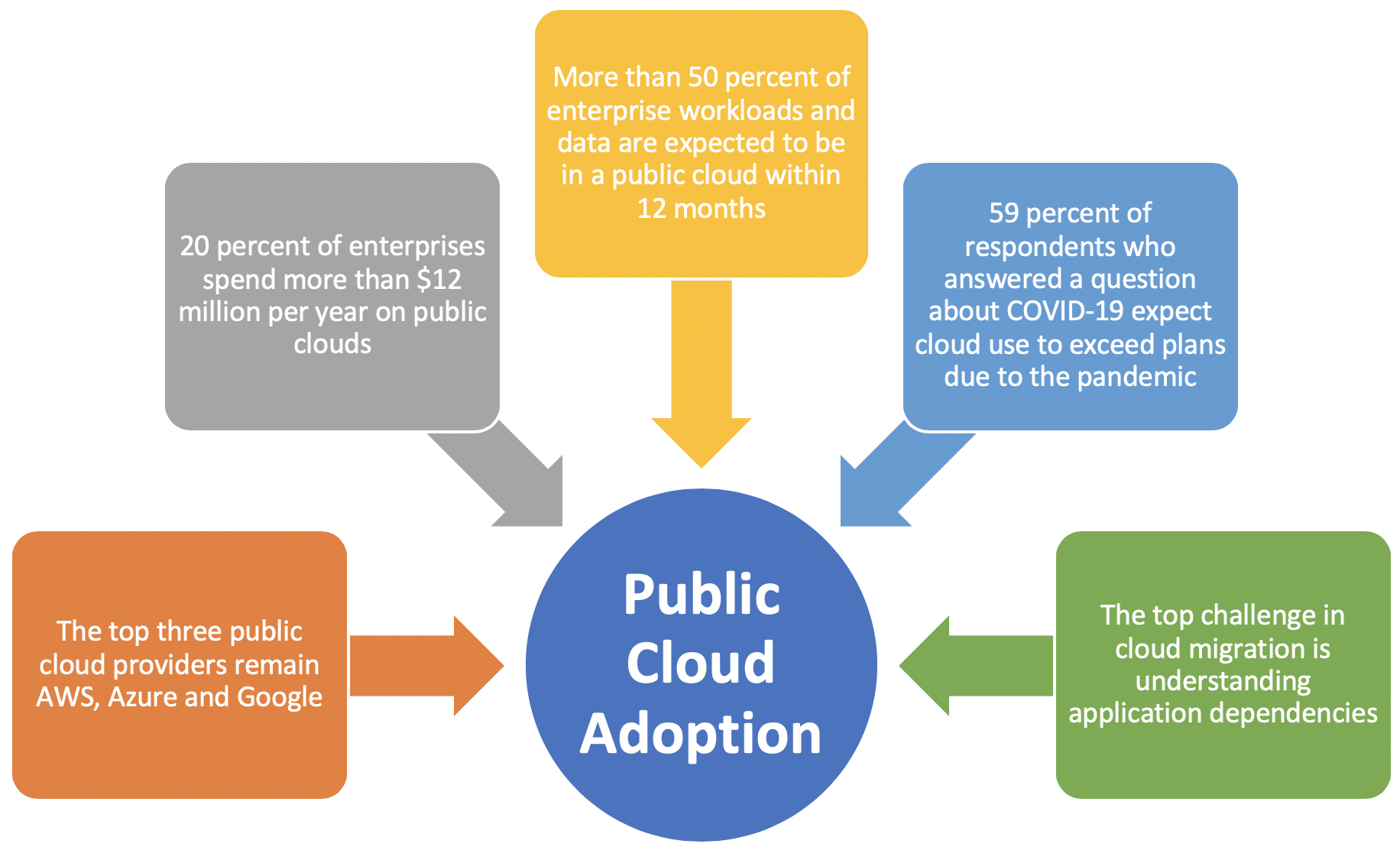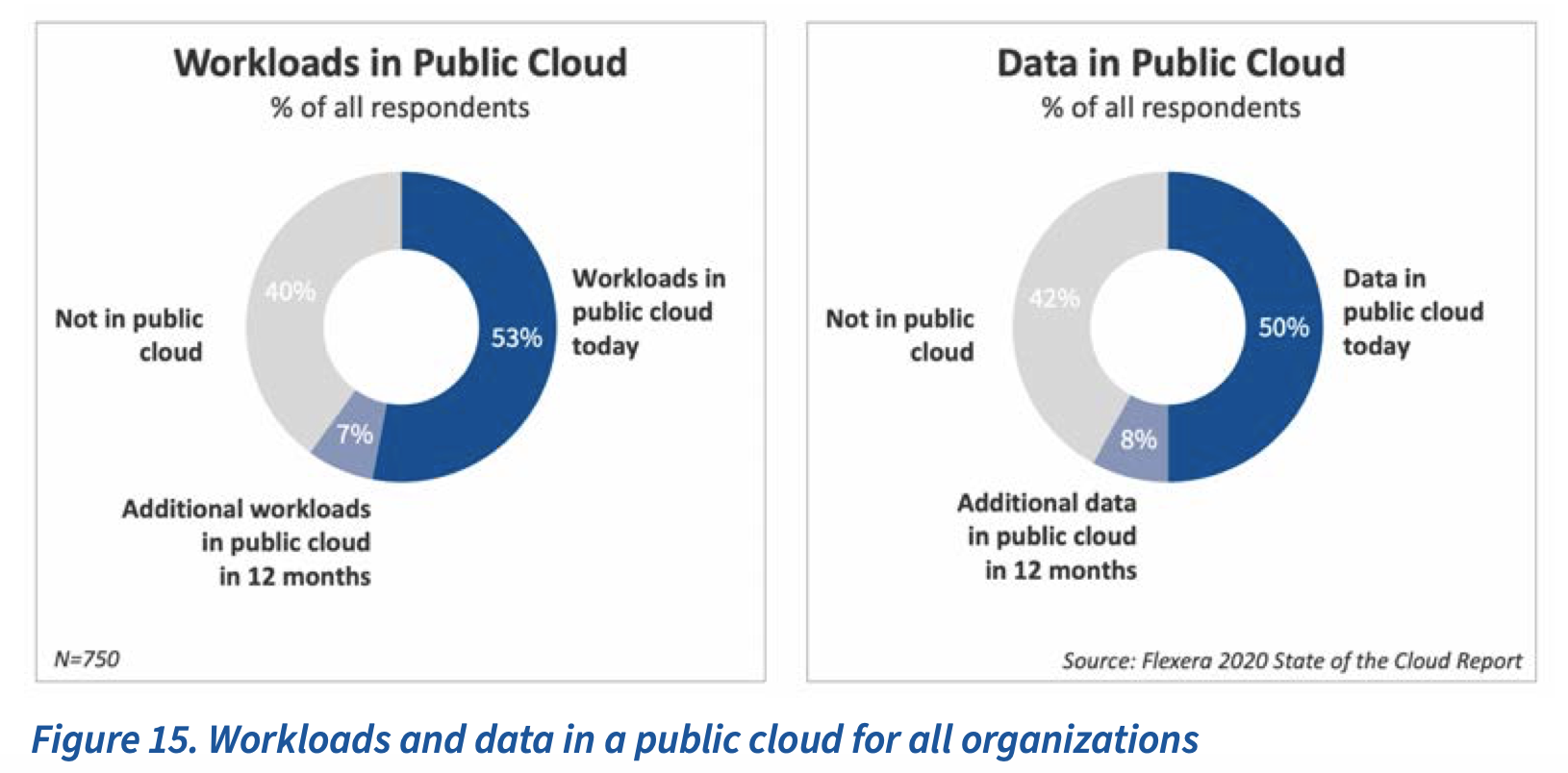What is data loss prevention and why it’s a must?
Data leakage prevention is an indispensable part of modern data protection and IT security strategies. Every organization has sensitive data. As DLP is considered as of the core building blocks of any IT security strategy. In order to ensure reliable protection of critical data, companies must carefully analyze and classify assets and control access to regulated information based on policies. The loss of business-critical data can easily wipe out a hard-earned competitive advantage & business reputation. The goal of Data Loss Prevention is to systematically prevent misuse or loss.
Many DLP projects fail because the project team start with the wrong expectations and often unrealistic goals. DLP solutions are usually not able to prevent data theft – e.g. through malware or exploits – but only serve to prevent the spread to prevent critical data. Be sure to communicate this distinction clearly to avoid misunderstandings as the project progresses. For a DLP project to be successful, you must first identify your confidential information that is vital to your business, such as your customers’ contact details, your source codes, your contracts and the personal information of each of your employees. Also the discovery phase with inventory and classification must be done at the beginning. This means that it is important to find out which data is actually available in a company and which is sensitive. It is also important to monitor data traffic as early as possible in order to create transparency. With more prevention, less detection is needed. Typically, DLP solutions address three use cases:
Endpoint security/endpoint protection: This includes hard drive encryption, optical drive encryption and USB port encryption to prevent data leaks. A successful DLP introduction largely depends on how transparent and seamless the integration on the end devices is.
Monitor data transfer: In order to also protect critical data during transmission in the network, you should integrate the DLP solution seamlessly into your groupware, e-mail and instant messaging applications. In this way it’s easier to monitor email and web traffic for sensitive data to prevent data from leaving the company; DLP also helps ensure that this data can only be accessed through encrypted channels and check whether all recipients have the appropriate authorization to access it.
Classifying stored data: Determines where files with sensitive content are stored, for example on servers and cloud platforms, to classify the data according to protection requirements and risk potential. It has proven useful to start with three categories: Public, Private and Restricted. In this way, you ensure a quick and easy rollout and always keep an overview.
Today, many companies have already started providing security because data leak management can be done at different levels with flexibility. A key success factor of any DLP project is to sensitize employees early on when dealing with critical information. Get all the document creators on board and clearly explain the project goals, if possible, with regular e-learning sessions to refresh the knowledge.


